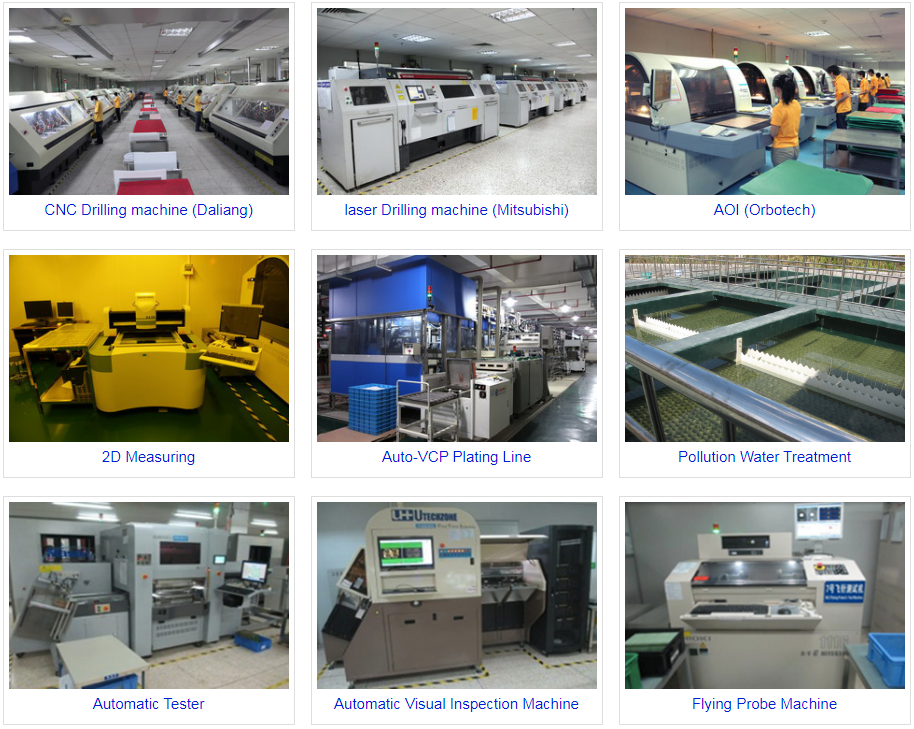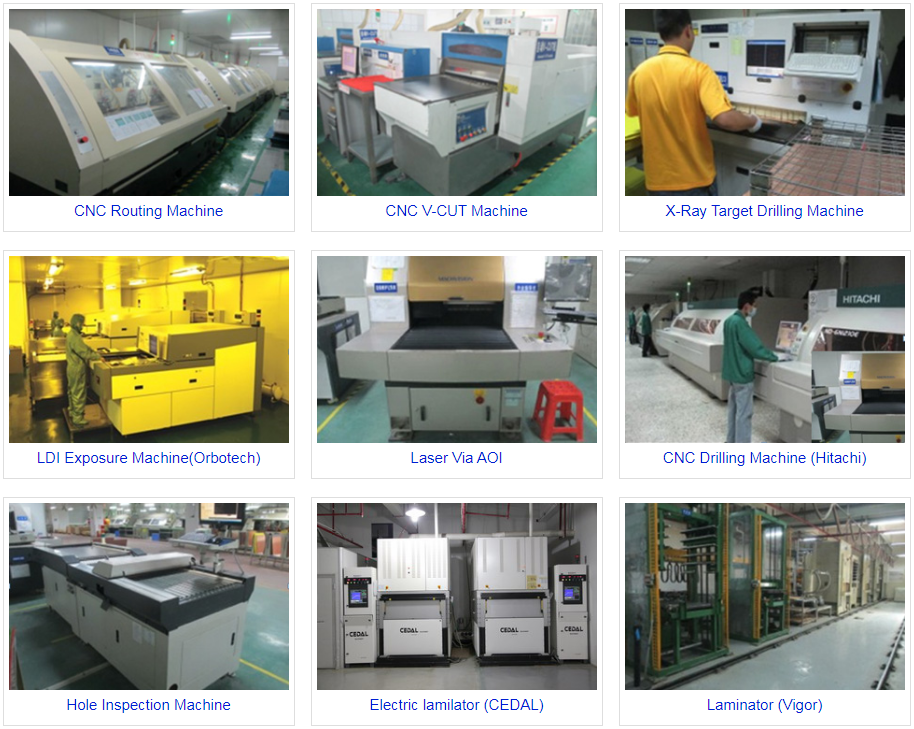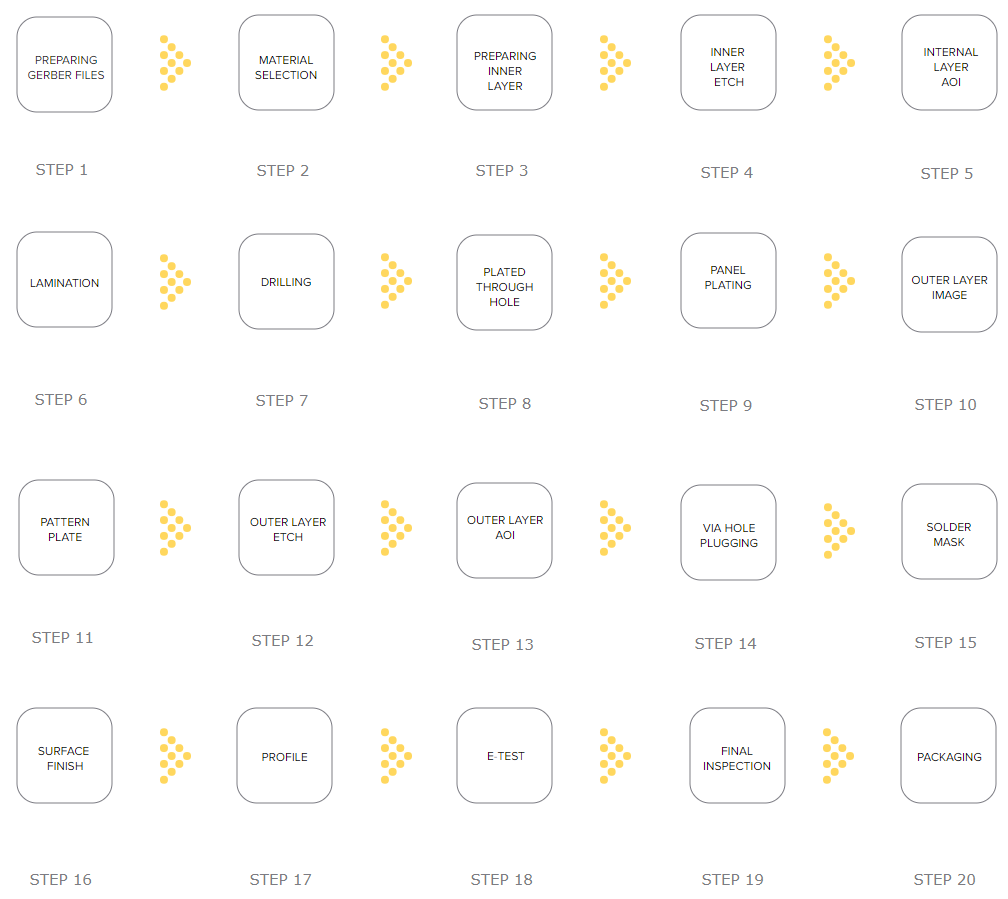
Are you an electronics business owner searching for a reliable PCB manufacturer to fulfill your production needs? Look no further! Finding the right PCB manufacturer is key to the success of your business and the quality of your products. In this article, we will guide you through the process of identifying a trustworthy manufacturer that meets your specific requirements.
When selecting a PCB manufacturer, it's crucial to consider factors such as their experience, reputation, production capabilities, and quality control processes. By partnering with a reliable manufacturer, you can ensure that your electronics are made to the highest standards, enhancing their performance and durability.
We understand that the process of finding a reliable PCB manufacturer can be overwhelming, with numerous options available in the market. That's why we have compiled this detailed guide to assist you in making an informed decision. Whether you're a small-scale electronics business or a large corporation, this article will provide you with valuable insights and tips on how to select the perfect PCB manufacturer for your specific needs.
So, let's dive in and uncover the secrets to identifying a reliable PCB manufacturer that will help take your business to new heights.
Get PCBs Quote now >
Choosing a reliable PCB manufacturer is crucial for the success of your electronics business. The quality of your printed circuit boards directly impacts the performance and durability of your electronic products. A reliable manufacturer will ensure that your PCBs are made to the highest standards, using top-quality materials and advanced manufacturing processes. This, in turn, will result in superior products that meet or exceed your customers' expectations.
Additionally, partnering with a reliable PCB manufacturer offers several other benefits. They will have the expertise and experience to provide valuable guidance throughout the production process, helping you optimize your designs and reduce time-to-market. Moreover, a reputable manufacturer will have the capability to handle large-scale production, ensuring that your business can meet growing demand and scale effectively.


When selecting a PCB manufacturer, it's important to consider several factors to ensure that they align with your business requirements. Here are some key aspects to evaluate:
1. Experience and reputation
Choose a manufacturer with a solid track record and extensive experience in the industry. Look for established companies that have been operating for several years and have a proven history of delivering high-quality PCBs. A manufacturer with a good reputation is more likely to provide reliable and consistent services.
2. Production capabilities
Evaluate the production capabilities of potential PCB manufacturers. Consider factors such as their production capacity, technical expertise, and ability to handle complex designs. A manufacturer with state-of-the-art equipment and advanced manufacturing processes will be better equipped to meet your specific requirements.
3. Quality control processes
Assess the quality control processes implemented by the manufacturer. Look for certifications such as ISO 9001 and IPC standards, which indicate adherence to strict quality control measures. A reliable manufacturer will have robust inspection procedures in place to ensure that every PCB produced meets the required specifications and standards.
4. Pricing structure and payment terms
Consider the pricing structure and payment terms offered by different manufacturers. While cost is an important factor, it should not be the sole determining factor. Look for manufacturers that offer competitive pricing without compromising on quality. Additionally, consider their payment terms and whether they align with your business's financial capabilities.

Now that you understand the important factors to consider, it's time to start researching and shortlisting potential PCB manufacturers. Begin by conducting an online search and compiling a list of manufacturers that seem to meet your requirements. Take note of their website, contact information, and any additional details they provide about their services and capabilities.
Next, delve deeper into each manufacturer's background and reputation. Look for customer reviews, testimonials, and case studies to gain insights into their level of customer satisfaction and the quality of their products. Pay attention to any negative feedback or recurring issues mentioned by customers, as this could be a red flag.
Once you have narrowed down your list to a select few manufacturers, reach out to them directly to gather more information. Contact their sales representatives and ask specific questions about their capabilities, production processes, and quality control measures. A reliable manufacturer will be responsive, transparent, and willing to provide detailed information to address your concerns.
As part of the evaluation process, it's crucial to assess the capabilities and certifications of the shortlisted PCB manufacturers. Look for manufacturers that are equipped with advanced technology and have the expertise to handle your specific requirements. Consider factors such as their production capacity, ability to handle complex designs, and their commitment to continuous improvement.
In terms of certifications, prioritize manufacturers that have obtained industry-recognized standards such as ISO 9001 and IPC certifications. These certifications demonstrate the manufacturer's commitment to quality and adherence to strict manufacturing processes. Additionally, certifications such as RoHS compliance indicate that the manufacturer follows environmentally friendly practices, which is increasingly important in today's market.
Quality control is a critical aspect of PCB manufacturing, as it ensures that every board leaving the manufacturer's facility meets the required specifications and standards. When evaluating potential manufacturers, inquire about their quality control processes and inspections. A reliable manufacturer will have comprehensive quality control measures in place at each stage of the production process.
Ask about the testing procedures they employ, such as automated optical inspection (AOI) and functional testing. These tests help identify any defects or issues in the PCBs before they are shipped to you. Additionally, inquire about their defect rate and how they handle any faulty boards. A manufacturer with a low defect rate and a proactive approach to resolving issues is more likely to deliver high-quality products consistently.
Pricing is a key consideration when selecting a PCB manufacturer, but it should not be the sole determining factor. Look for manufacturers that offer competitive pricing without compromising on quality. A manufacturer that provides transparent pricing and is willing to work with you to optimize costs is a valuable partner for your business.
Additionally, consider the payment terms offered by each manufacturer. Evaluate whether their payment schedule aligns with your business's financial capabilities and cash flow. Some manufacturers may require upfront payment or deposits, while others may offer more flexible payment options. Choose a manufacturer whose payment terms are feasible for your business and maintain open communication regarding any financial concerns.
Customer feedback and testimonials provide valuable insights into the reputation and reliability of PCB manufacturers. Look for reviews and testimonials from previous or current customers to gauge their level of satisfaction with the manufacturer's products and services. Consider factors such as on-time delivery, product quality, customer support, and overall experience.
While it's common to come across a few negative reviews, pay attention to any recurring issues or concerns mentioned by multiple customers. This could indicate potential problems that you may encounter when working with the manufacturer. Conversely, positive reviews and testimonials can give you confidence in the manufacturer's ability to meet your expectations and deliver high-quality PCBs.
Before making a final decision, request samples or prototypes from the shortlisted PCB manufacturers. This will allow you to assess the quality of their work firsthand and evaluate whether they can meet your specific requirements. Provide them with detailed specifications and any special considerations to ensure accurate representation of your intended design.
When reviewing the samples, pay attention to the overall quality, precision, and finish of the PCBs. Evaluate whether they meet the required specifications and exhibit any defects or issues. Additionally, consider the manufacturer's ability to meet your desired lead time and their responsiveness to any modifications or adjustments you request.
After evaluating all the factors and reviewing the samples, it's time to make the final decision and establish a long-term partnership with a reliable PCB manufacturer. Consider all the information gathered during your research, including their experience, reputation, production capabilities, quality control processes, pricing structure, customer feedback, and the samples provided.
Choose a manufacturer that aligns with your specific requirements and has demonstrated consistent quality and reliability. Establish open communication channels and maintain a cooperative relationship with your chosen manufacturer. Regularly communicate your expectations, provide feedback, and work together to continuously improve the quality and performance of your PCBs.
In conclusion, selecting a reliable PCB manufacturer is crucial for the success of your electronics business. By considering factors such as experience, reputation, production capabilities, quality control processes, pricing structure, and customer feedback, you can make an informed decision. Remember to request samples or prototypes to evaluate the manufacturer's work firsthand. By choosing a trustworthy manufacturer, you can ensure that your PCBs are made to the highest standards, enhancing the performance and durability of your electronic products.
PCB fabrication is a complex and intricate process that requires precision, attention to detail, and adherence to industry standards. By following the step-by-step process outlined in this article, manufacturers can ensure the production of high-quality circuit boards that meet the desired specifications.
It's important to note that PCB fabrication is not a one-size-fits-all process. The complexity of the design, the choice of materials, and the specific requirements of the application will influence the fabrication process. Working with experienced PCB manufacturers and design engineers can help ensure that the fabrication process is tailored to the unique needs of the project.
Moreover, staying updated with the latest advancements in PCB fabrication technology is essential. The industry is constantly evolving, with new materials, manufacturing techniques, and quality control methods emerging. By embracing these advancements, manufacturers can enhance the performance, reliability, and longevity of the PCBs they produce.
In conclusion, PCB fabrication is a critical step in the production of electronic devices. By understanding the step-by-step process and following best practices, manufacturers can ensure the creation of superior circuit boards that meet the demands of modern technology. From design and material selection to assembly and testing, each phase plays a vital role in producing high-quality PCBs that power our interconnected world.
Get PCBs Quote now >